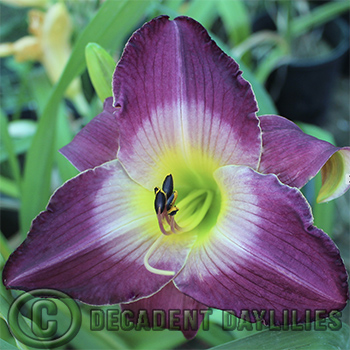Different Types of Daylilies.
Daylilies are a hugely popular choice amongst gardening enthusiasts of all levels, as they offer a range of benefits in addition to helping you to create a stunning outdoor area. The daylily has evolved dramatically over the years and from the traditional daylily, there are now many different variations and hybrid options, which means that you can now get these beautiful flowers in a wide range of colours and patterns to suit your tastes and preferences. They are also available in different heights, so you can mix and match to create a wonderful and colourful display in your garden or outdoor area.
Different Variations to Consider
In addition to the colour and the size of the many different daylily plants that you can choose from these days, there are a number of variations that are centred around the foliage during the winter. This can impact on how hardy the plants are and whether they are suited to hot or cold areas. The variations include:
Dormant: With dormant plants, you can benefit from a higher level of hardiness. The leaves of these plants turn yellow or brown during the autumn but can be removed from the crown with ease. The plant will then remain dormant over the course of the winter until spring rolls around.
Evergreens: While most people prefer evergreens, the truth is deep down, they are the least hardy of all these plants, and tend not to cope as well when it comes to extreme winter conditions, when they may end up freezing and then thawing repeatedly. This is why it is always advisable to add mulch in potential problem areas – this is something that will also help to ensure that the plants don’t start to sprout too early when spring comes around.
Semi-evergreens: These plants stem from a combination of dormants and evergreens that have been developed by hybridisers. They tend to fare better in warmer climates rather than cooler ones. These plants remain dormant throughout the winter.
There are also other variations of daylilies and their suitability is dependent upon the temperatures and weather conditions in the area. For instance, there are soft evergreens, which are not particularly hardy and are therefore better suited to areas that do not experience colder weather or frost during the winter. Semi-dormants are ones that will become dormant late in the autumn and will remain in this state until spring. Hard dormants, on the other hand, tend to go dormant early on in the autumn until spring.
Daylilies are also categorised by their blooming types. For instance, you can get re-blooming daylilies, which go dormant for short periods before blooming again. You also get ever-blooming plants, which bloom throughout the summer. Early bloomers are those that bloom in the early or late spring while nocturnal bloomers tend to bloom in the afternoon and will then remain open throughout the night.


Comments
Pingback: Daylily Story - Decadent Daylilies Australia